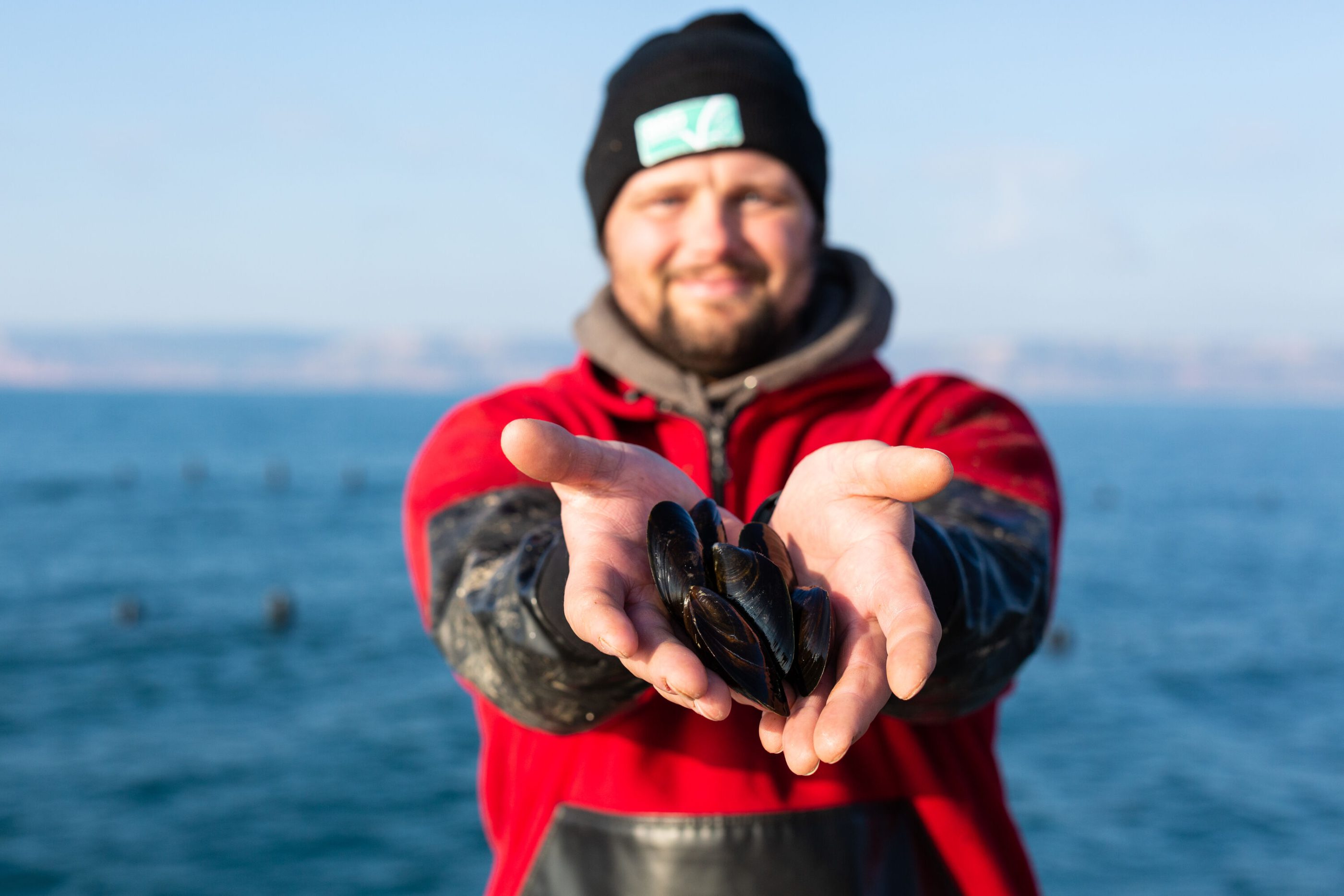
Sea lice: how ASC best practice is protecting fish health
May 28, 2024
Sea lice may be tiny, but their impact on fish populations can be huge. We know from seafood lovers that sea lice affecting the health of farmed fish is a big concern. And certainly for seafood farms, these parasites represent an ongoing threat to the productivity of their businesses.
In this blog, we’ll be looking at the impacts of sea lice on fish farming, and how the ASC standards are establishing best practices that help reduce the risks to certified farms and the fish they raise.
What impact can sea lice have?
Sea lice are tiny crustaceans that attach themselves to the skin and mucous membranes of fish and feed on the skin, blood and tissue fluids.
In the right conditions, sea lice can reproduce quickly and spread at speed. In the case of seafood farms, where fish are swimming within a contained space, it’s much easier for lice to find hosts and trigger mass infestations. This can have hugely negative effects on the local environment, as well as the productivity of the farm. Lice pray on salmonids in particular, so this is a pressing issue in trout and salmon farms, although lice can also be found in other species, including black sea bream and Atlantic halibut.
Let’s dive into the specific issues sea lice can cause:
❌ poor health in the farmed fish population: as well as suffering from skin irritation and open wounds, fish with a sea lice infestation show signs of reduced growth and appetite, and increased stress. They are more likely to pick up secondary infections and other diseases, and have a higher chance of mortality, especially younger fish.
❌ spread to wild fish populations: where there is an infestation in a marine fish farm, there’s a risk of the lice spreading to wild fish. This is especially true in seasonal periods of high sea lice abundance. Migrating wild juvenile salmon are at particular risk of picking up lice from seafood farms and transporting them into wild shoals. We hear often from conservationists and fishery managers that this is one of their primary concerns around the presence of seafood farms in their area.
❌ wider environmental impact: where sea lice infestations are treated with chemicals, these can also impact other organisms and the native marine ecosystem. Discharging these chemicals from the seafood farm can also lead to water pollution, again negatively affecting the local ecosystem.
❌ lower quality fish products: infestations can lead to a reduction in the quality and quantity of the fish products produced by farms. For seafood lovers this means reduced access to the fish they want or a lower quality product.
What is ASC doing to support certified farms?
ASC encourages the industry to think proactively about sea lice management. Our standards include specific requirements around farms’ approaches to sea lice that aim to minimise the risk of infestations and reduce the need for chemical interventions.
Alongside this, our certification programme encourages farms to join a network of colleagues adhering to best practice, thereby increasing the global uptake of these approaches. All ASC certified farms must meet our strict standards before they can use our teal label and be recognised as a responsible farm.

“Consumers are increasingly concerned about the welfare of animals in food production, and by upholding high welfare standards, we can meet consumer expectations, build trust, and ensure the long-term viability of the aquaculture industry.”
Maria Filipa Castanheira, Fish Welfare Coordinator, ASC
The ASC standards around sea lice include:
✅ environmental management and site selection requirements, meaning that when a new site for a seafood farm is being scouted, the risk of infestations happening and the risk of lice spreading outside the farm once infected are carefully considered. The goal here is to establish farms in locations that are lower risk to give farms a better chance of avoiding infection.
✅ requirements for fish health and welfare: including sea lice as part of a wider threat to fish health, these practices focus on putting systems in place to breed healthy, thriving fish populations. This includes the creation and implementation of site-specific Integrated Parasite Management Plans (IPMPs) which typically combine different prevention and control strategies to keep parasites at bay.
✅ disease prevention and control measures: these practices include regular health monitoring, vaccination programs and biosecurity protocols to reduce the risk of disease outbreaks, including those from sea lice.
Effective management strategies are crucial if we are to minimise the risk of sea lice infestations to seafood farms, reduce the need for chemical treatments and ensure farms produce healthy, high quality seafood.
To that end, the ASC standards and certification requirements are continuously reviewed and updated to reflect scientific developments, best practices and feedback from stakeholders around the world. We believe by doing this we can drive positive change and encourage the adoption of sustainable and responsible seafood farming practices that meet the need of a growing population of seafood lovers while also protecting the environment.
To find out more about responsible seafood farming and easy ways to include more seafood in your diet, follow us on Instagram.






